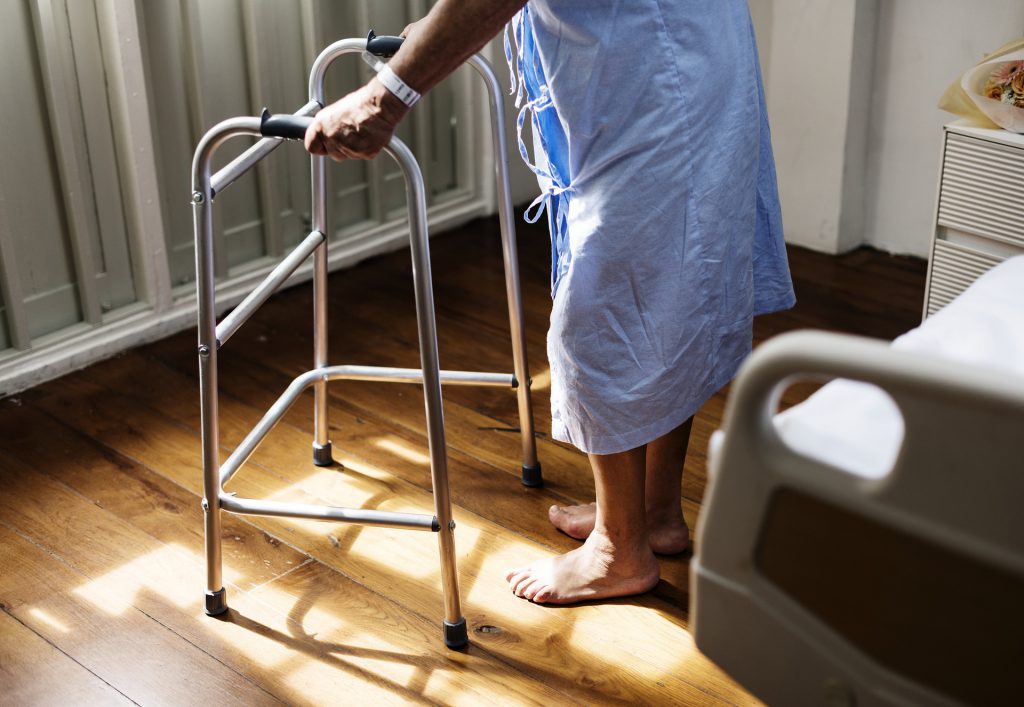According to the paper “Stroke rehabilitation: clinical picture, assessment, and therapeutic challenge” (1), there are many factors that can affect the recovery process after stroke, such as the type of brain lesion, the severity of the stroke, the age of the patient, previous health and functional abilities, social environment and personal motivation. Thus, there is an ongoing need to find the most optimal existing rehabilitation services and therapeutic interventions.
A successful stroke rehabilitation strategy is on the World Health Organisation’s (WHO) agenda. On 2017, WHO made a call for action named “Rehabilitation 2030” with the aim of bringing stakeholders together to discuss the strategic direction for coordinated actions and establishing joint commitments to stress the role of rehabilitation as a health strategy. In line with that, the European Stroke Organisation (ESO), together with the Stroke Alliance For Europe (SAFE), recently released the Action Plan for Stroke in Europe 2018 – 2030, which includes the state of art of stroke rehabilitation in Europe, the research and development priorities in the field, and the targets for 2030.
Rehabilitation is part of the ICTUSnet scope of research. One of the outcomes of the project will be an analysis and comparison of different stroke care models, including rehabilitation and secondary prevention. In particular, this study will result on a report providing detailed information on the gaps and best practices retrieved from the stroke rehabilitation plans of the ICTUSnet regions, covering an area of 20 M inhabitants where strokes are being treated daily.
(1) Richards, C. L., Malouin, F., & Nadeau, S. (2015). Stroke rehabilitation: clinical picture, assessment, and therapeutic challenge. In Progress in brain research (Vol. 218, pp. 253-280). Elsevier.

